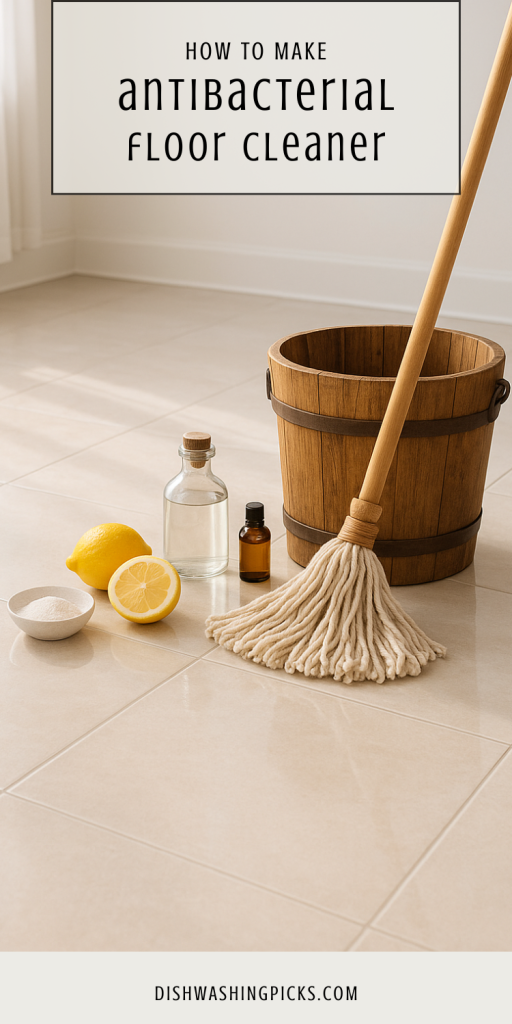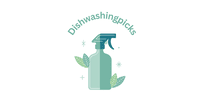
Why Bother Making Your Own?
Let’s be real—floors take the worst of it. Muddy shoes, spilled juice, pet paw prints, you name it. And what’s our go-to response? Grab the closest store-bought floor cleaner and mop away. But here’s the kicker: have you ever looked at the back of those bottles? The ingredient list usually looks like something pulled straight out of a lab experiment.
Now imagine this—you could whip up your very own antibacterial floor cleaner right at home using safe, simple ingredients you probably already have. It won’t just save you money (though that’s a nice bonus); it’ll also give you peace of mind knowing your kids and pets aren’t crawling around on a chemical cocktail.
Sounds good? Let’s dig in.
What Makes a Floor Cleaner “Antibacterial”?
Here’s the science, but without the headache.
An antibacterial cleaner is designed to reduce or kill bacteria that may be hanging out on your surfaces. Floors, being a high-traffic zone, are a hotspot for germs. Shoes drag in who-knows-what from outside, spills create sticky playgrounds for bacteria, and pets… well, let’s not even go there.
Luckily, nature has our back. Ingredients like vinegar, rubbing alcohol, essential oils, and even baking soda can all help cut through dirt while keeping bacteria in check. Think of it as giving your floor a health check-up while keeping it squeaky clean.
Ingredients You’ll Need (and Why They Work)
Alright, let’s do a quick kitchen-and-bathroom cabinet scavenger hunt. Here’s the star lineup for your homemade antibacterial floor cleaner:
- White vinegar – the natural disinfectant that doubles as a deodorizer.
- Rubbing alcohol (70% or higher) – knocks out bacteria and speeds up drying time.
- Liquid Castile soap or mild dish soap – lifts dirt and grease off the floor.
- Essential oils (like tea tree, eucalyptus, or lemon) – add antibacterial power and a fresh scent.
- Warm water – because, well, you need something to dilute the mix.
Optional: Baking soda for an extra scrubbing boost if your floors are extra grimy.
DIY Antibacterial Floor Cleaner Recipes
Here are a couple of easy-to-make versions depending on what kind of floor you have:
1. All-Purpose Everyday Mop Solution
- 2 cups warm water
- 1 cup white vinegar
- ½ cup rubbing alcohol
- 1 teaspoon Castile soap
- 10–15 drops tea tree or lemon essential oil
Mix everything in a bucket or large spray bottle. Mop as usual, let it sit a minute, then let the floors air dry.
2. Citrus-Fresh Floor Cleaner
- 2 cups water
- 1 cup vinegar
- Peel of one lemon or orange (let it infuse in vinegar for a week before use)
- A few drops of eucalyptus oil
Perfect for kitchens where odors tend to linger—this leaves behind a fresh citrusy scent.
3. Gentle Formula for Hardwood Floors
- 2 cups warm water
- ½ cup white vinegar
- A few drops of dish soap (mild, no bleach)
- 5–10 drops lavender essential oil
This one skips the harsh stuff while still keeping things clean. Just make sure not to saturate the wood—light mopping is best.
How to Use It the Right Way
Now, before you go pouring this mix everywhere, a quick reminder: less is more.
Spray or mop lightly, let it sit for 30–60 seconds (that’s the sweet spot where the antibacterial magic happens), then wipe clean. For hardwood or laminate, wring out the mop so you’re not soaking the floor.
Oh, and one more pro tip: always do a tiny patch test first. That way you’ll know your floor loves your new DIY mix as much as you do.
Extra Tips and Tricks for Floor-Cleaning Success
- Label your bottles. Nothing’s worse than forgetting which spray is which.
- Keep pets away while cleaning. Even natural ingredients like essential oils can be too strong for sensitive paws until the floor dries.
- Make small batches. Fresh mixes are always more effective.
- Add a scent twist. Want a spa-like vibe? Use lavender. Prefer a “just-cleaned” smell? Lemon or eucalyptus is your best friend.
Clean Floors, Happy Home
At the end of the day, making your own antibacterial floor cleaner is about more than saving a few bucks. It’s about control—you know what’s in it, you know it’s safe, and you can even customize the scent to match your mood.
So next time you’re about to reach for that chemical-laden bottle, try mixing up your own batch instead. Your floors (and your wallet) will thank you. Plus, let’s be honest—doesn’t it feel good to say, “Yeah, I made that myself” while admiring those shiny, germ-free floors?
